Installation of a geoenergy scheme with a system approach

Celsius Energy, a start-up of Schlumberger, has developed a geoenergy system for building heating and cooling which reduces its carbon footprint by up to 90%.
Main project's drivers for reducing the greenhouse gas (GHG) emissions
Energy and resource efficiency
Energy Decarbonisation
Energy efficiency improvements
Improving efficiency in non-energy resources
Emissions removal
Financing low-carbon issuers or disinvestment from carbon assets
Reduction of other greenhouse gases emission
Project objectives
1- Reduce CO2 emissions from building heating and cooling by 90% through a geoenergy 2- Eliminate the contributions to urban heat islands due to air conditioning of buildings 3- Simplify the installation and use of geoenergy
25% of GHG emissions worldwide come from building heating and cooling (Source: IAE).
The Earth is a giant thermal battery able to supply heat in winter and to accumulate it throughout the summer to release it the following winter. By connecting buildings directly to the Earth’s energy stockpile, Celsius Energy has developed a simplified geoenergy solution for heating and cooling new and existing buildings, even in a very urbanised environment.
The geoenergy demonstrator developed by Celsius Energy and installed in Clamart, France allows the carbon footprint from heating and cooling to be reduced by a factor of 10. It is comprised of three main elements:
- A closed, star-shaped heat exchanger, equipped with double U probes, typically 200 metres in depth in which a heat exchange fluid circulates. This innovative structure allows the footprint on the ground to be drastically reduced: only 14m2 of land is enough to connect a building to the Earth’s energy supply. The solution is very appropriate for a new or renovated urban building.
- A Heat Pump allows heat to be exchanged with the sub-soil to supply buildings in winter and to extract heat in the summer. The simultaneous provision of heat and cooling is also possible.
- Digital control minimises electricity consumption by optimising the sub-soil exchange in real time and the use of heat pumps coupled to the building. The digital control system also allows the performance of the system to be monitored and the maintenance of the connected heat pumps to be reduced.
A comparative analysis between the system developed by Celsius Energy and a conventional system [gas boiler + cooling unit] has been carried out focusing especially on the equivalent tonnes of CO2 released. The analysis concluded that the emissions from the Celsius Energy system related to the works phase are compensated within 10 months when compared to the reference system, and has a global warming potential (GWP) 7.5 times lower at the end of 50 years of operation.
In use, geoenergy eliminates 90% of carbon emissions per kilowatt-hour generated, compared to the reference gas and cooling unit.
Emission scope(s)
on which the project has a significant impact
- Emission scopes
- Description and quantification of associated GHG emissions
- Clarification on the calculation
Scope 1
Direct emissions generated by the company's activity.
Scope 2
Indirect emissions associated with the company's electricity and heat consumption.
Scope 3
Emissions induced (upstream or downstream) by the company's activities, products and/or services in its value chain.
Emission Removal
Carbon sinks creation, (BECCS, CCU/S, …)
Avoided Emissions
Emissions avoided by the activities, products and/or services in charge of the project, or by the financing of emission reduction projects.
Scope 2 – Replacement of 100% of natural gas needs for heat generation with a mix: 82% renewable energy (geoenergy) + 18% electrical (heat pump power)
- – 40TCO2 per year: this building used to reject 45 TeqCO2 per year on average, i.e. 3250 TeqCO2 over 50 years; it now emits no more than 5 TeqCO2 per year (-92% CO2)
The pilot building (3000m2 surface-area) consumed 167 MWh/yr), 186 MWhLHV/yr of natural gas for heating and cooling. With an emissions factor of 253 kgCO2/MWh, this represents 47 T CO2/yr.
The geoenergy system developed by Celsius Energy allows the same needs to be met with 123MWH/yr of geoenergy with an emissions factor of 14.97 kgCO2/MWh.
I.e. a reduction of 94.7% in CO2 emissions per KWh of heat (or cold) consumed and an annual reduction of CO2 emissions on the order of 44.5 tCO2.
Key points
Invested amount
Schlumberger = 500 000€ ADEME Heating Fund = 400 000 €
Starting date of the project
2020
Project localisation
Clamart, Hauts-de-Seine
Project maturity level
Prototype laboratory test (TRL 7)
Real life testing (TRL 7-8)
Pre-commercial prototype (TRL 9)
Small-scale implementation
Medium to large scale implementation
Economic profitability of the project (ROI)
Short term (0-3 years)
Middle term (4-10 years)
Long term (> 10 years)
Illustrations of the project
From a surface area of 14m2 of land, the demonstrator offers the possibility in a dense urban environment:
- Of providing renewable cooling;
- Of guaranteeing effective summer comfort even throughout extended heatwaves;
- Of providing quasi-passive natural cooling with an energy consumption up to 6 times better that traditional cooling units using energy from the Earth, geoenergy;
- Eliminating the contribution of urban heat islands from air conditioning, an increasing health problem for vulnerable persons.
This installation was created in a systematic industrial approach in order to establish and optimise the process of design and production of the system. This process is reproducible. 500,000m2 are currently under examination in France and throughout the world for future installations.
The demonstrator project falls under the “Nous Sommes Prêts” [We are Ready] initiative. This initiative promotes the use of geoenergy nationally, bringing together more than 50 value chain players committed to sustainable buildings. Engie Solutions, Dalkia Smart Building, Vinci Construction, Rabot Dutilleul, Groupama Immobilier, l’Institut Français de la Performance Écologique du Bâtiment, Artelia, and geoenergy players.
The structuration of this subsidiary is essential for achieving the goals of the SNBC (French National Low-Carbon Plan), the PPE (French multi-year energy plan) and the Sustainable Building Plan.
Contact the company carrying the project :
Cindy Demichel, présidente de Celsius Energy : cdemichel@celsiusenergy.com
